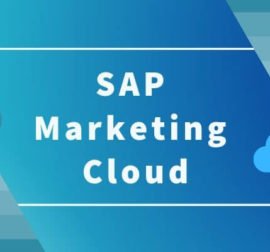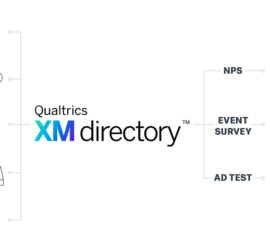 Contact us
Contact us What’s New in SAP Service Cloud 2002?
In February, a regular upgrade of the SAP Cloud for Customer system to the latest 2002 version will be launched. Testing tenants for all customers will be upgraded during the first weekend of February, followed by production tenants 2 weeks later. In this article, we will go through the most important changes of SAP Service Cloud, which make the work easier and quicker to end users.
As you know, the previous release of 1911 brought the end of HTML5 AI and the system is only available in Fiori AI. If you are missing some functionality from the old AI, do not hesitate to set up an incident request directly in the system, or make a suggestion for improvement through https://influence.sap.com/
Release 2002 brings a number of innovations related to the C4C user interface in general, as well as the Service Cloud functionalities, here are the most interesting of them:
Bulk Editing in Datasets
The previous release introduced the possibility of editing a record directly in the query without the need to enter the details of the object. In this way, the user could quickly modify the selected fields of several objects very quickly (e.g. opportunities statuses, etc.). However, SAP takes this feature one level higher with its new bulk editing feature that allows users to bulk edit records at once to set the same value, improving user experience and speeding up the system.
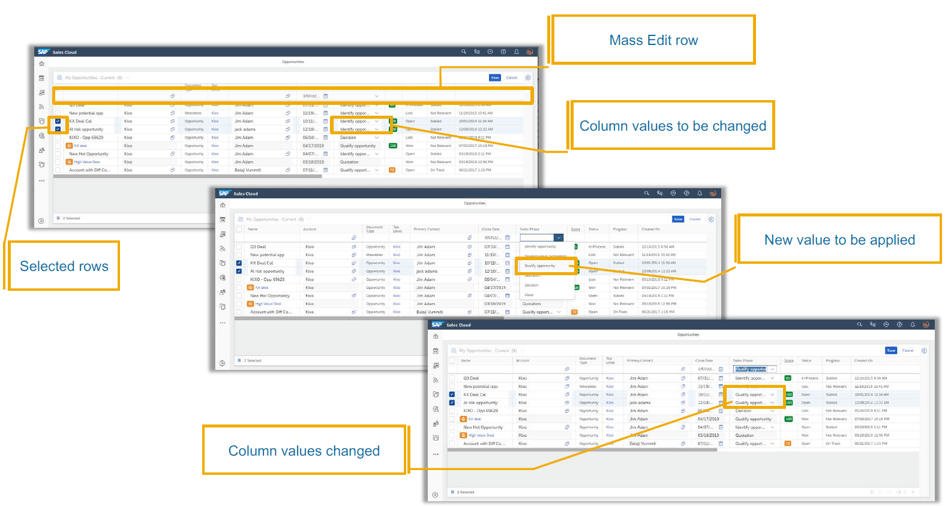
New Quick View
The original Quick View allowed users to view basic information about an object when addressed in a query. Now, there is a new Quick View that not only displays the information, but also allows it to be edited directly in the view, so there is no need to enter the object again. In addition, you can also invoke actions on the object in this view.
Together with bulk editing, these are the greatest modifications to AI and have been introduced based on customer requirements.
Service Channels – “Live Account” screen
As soon as the agent in the customer centre has his phone ringing or the customer starts the chat, it is automatically identified and a new “Live Account” screen is launched, where the agent sees all the key customer information even before the call is answered.
This new functionality reduces the time it takes to solve a customer’s problem, increasing agents’ productivity as the agent obtains customer details without a single click. It is also customizable, so you can add new tabs to the left block or replace the existing ones.
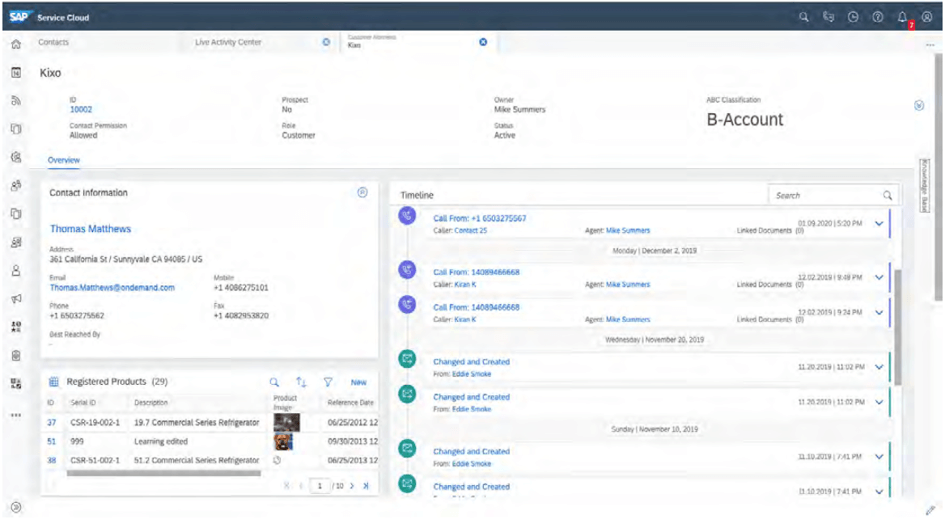
Live Activity – CTI Pop-Up: Floating window
There will be a possibility to move a Pop-Up call or chat window anywhere on the screen and the user will have easy access to customer information while being actively engaged. When the agent ends the session, the Pop-Up window pops up with the other customer in the same location as the last one.
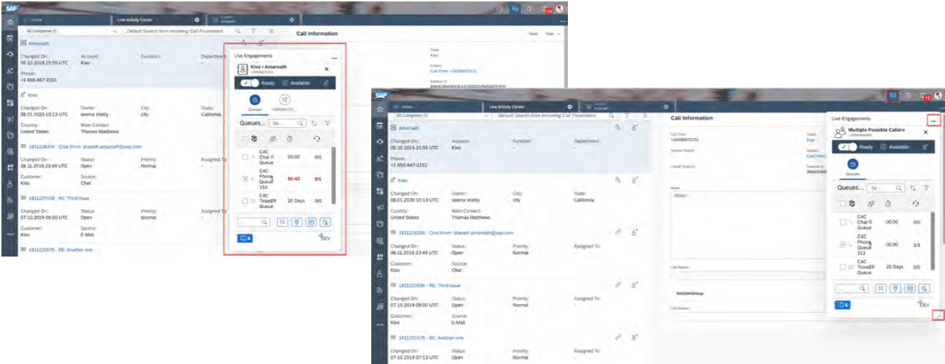
Restriction of access to unassigned emails
There will be a new “Channel” field in the Unassigned Emails advanced filter, which will be automatically pre-populated by the service team / organization of the user logged in to the email for the query “All My Team’s Emails”. Thus, the administrator can hide the query “All Emails” and the user will only see his team’s mails, making unassigned emails more transparent.
Ticket management at the Customer
The Ticket Hierarchy view will be available in the Tickets tab of the Customer Overview to allow quick visualization and navigation among tickets and sub-tickets.
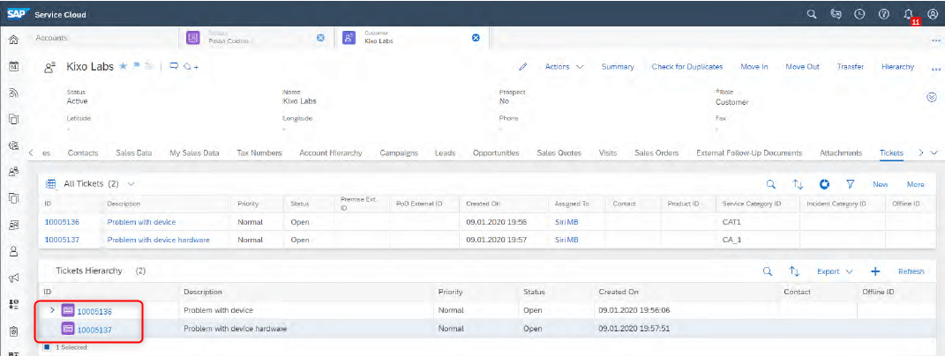
In the Registered Products tab, you will be able to create tickets directly for multiple registered products at the same time, allowing the agent to create a ticket as soon as the customer is identified and thus save few unnecessary clicks.
SAP Field Service Management (FSM)
Integrating the Service Cloud with FSM helps fulfilling the end-to-end service process, and SAP does not forget to improve the FSM itself.
The new release will contain the aligned FSM user interface according to the Fiori AI basics so that the user has a harmonized user experience across FSM as well as the entire SAP product portfolio.
In addition, FSM brings a novelty in the form of Tool Booking, which allows you to set what tools are required for certain maintenance / repair and booking of these tools when the activity is released to the technician. If these tools cannot be booked, the activity is not released.
This functionality will save engineers an unnecessary trips to customers as they first have to validate that the tools are available and increase the success rate of repairs as it is ensured that the tools needed for such activities have been booked.
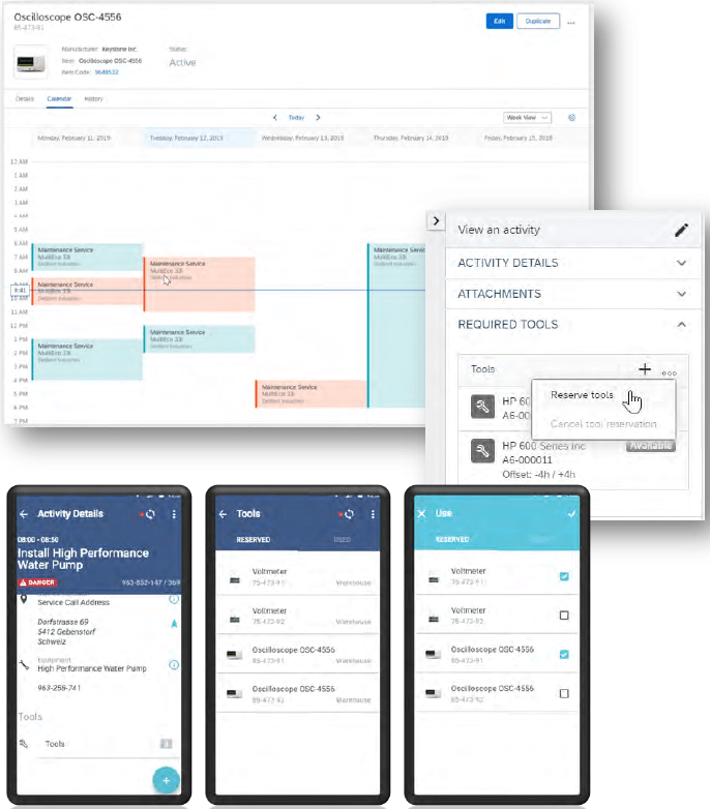
Release 2002 is the first one of this year, and improvements show that SAP is listening to its customers, improving your Employee Experience and Customer Experience. If you are interested in the SAP Service news and would like to know more about it, contact us or subscribe. Anodius provides world-class certified services and consulting in all areas of SAP CX.
Dominik Filip, CX Consultant
